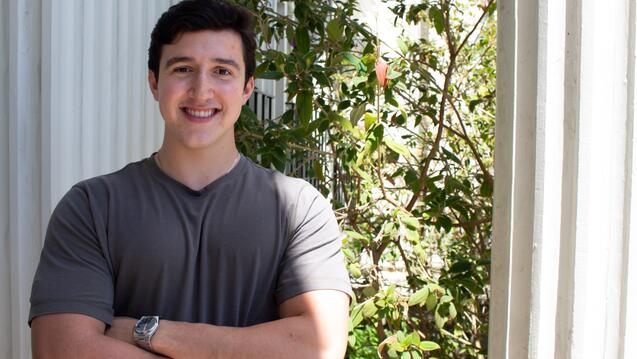Features of Landscapes

The Urban Studies concentration in the Environmental Studies program utilizes USF’s prime location as a living laboratory by taking students on walking tours throughout the city to give context to what they’re learning in the classroom.
Professor Tanu Sankalia never misses an opportunity to take his students on walking tours. “Their eyes light up as they see connections between what we are reading in class and the real physical world around them.” Courses like the Introduction to Urban Studies class, the Urban Field Course, Urban Planning and Design, Historic Preservation and the City, and the Photo Practice and the City, all actively engage with the city through walking tours.
“There’s nothing like seeing the built environment of cities firsthand. To know how parts of cities were planned and designed—be they neighborhoods, public spaces, streets, parks, or buildings—one must actually experience them. By getting out of the classroom and into the city, students develop a far greater understanding of how places are made and used by people” says Tanu.
His latest tour took place at the new Transbay Terminal Park and Salesforce Tower. Students were studying “urban growth machines, in other words how public and private monies are leveraged through the actions of politicians, planners, city administrators, corporate entities, and other actors to create large scale development in cities. The Transbay Terminal, and its park, worth about $2 billion, was an excellent case study to understand this phenomena.”
Darin Hughes ‘20 believes learning beyond the classroom is a vital component in scholarship: “Class is excellent for a discussion of theory and policy, but everything about planning has effects in the spatial realm, which means that in order to truly understand and apply principles we should be out in the field as much as possible.”


